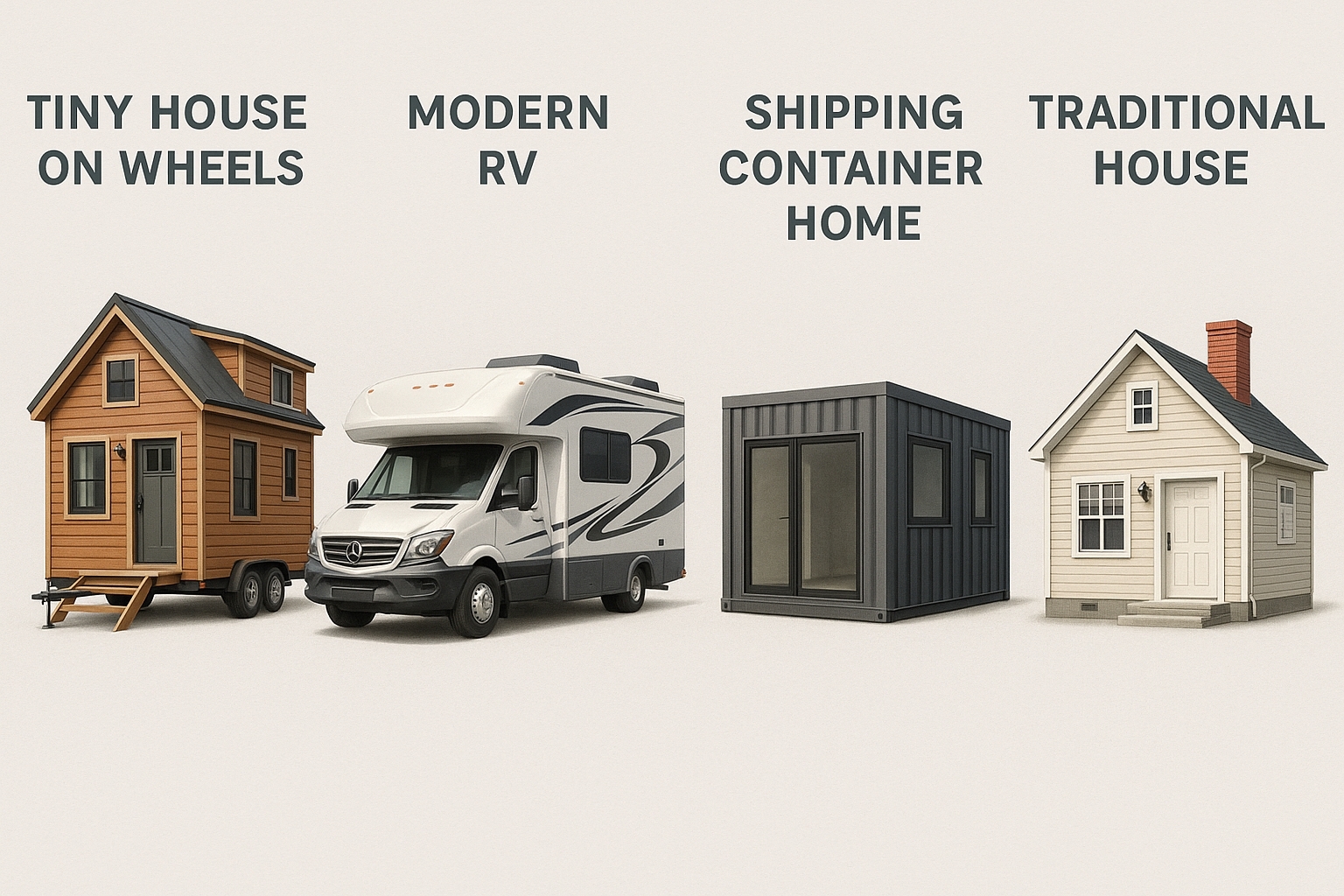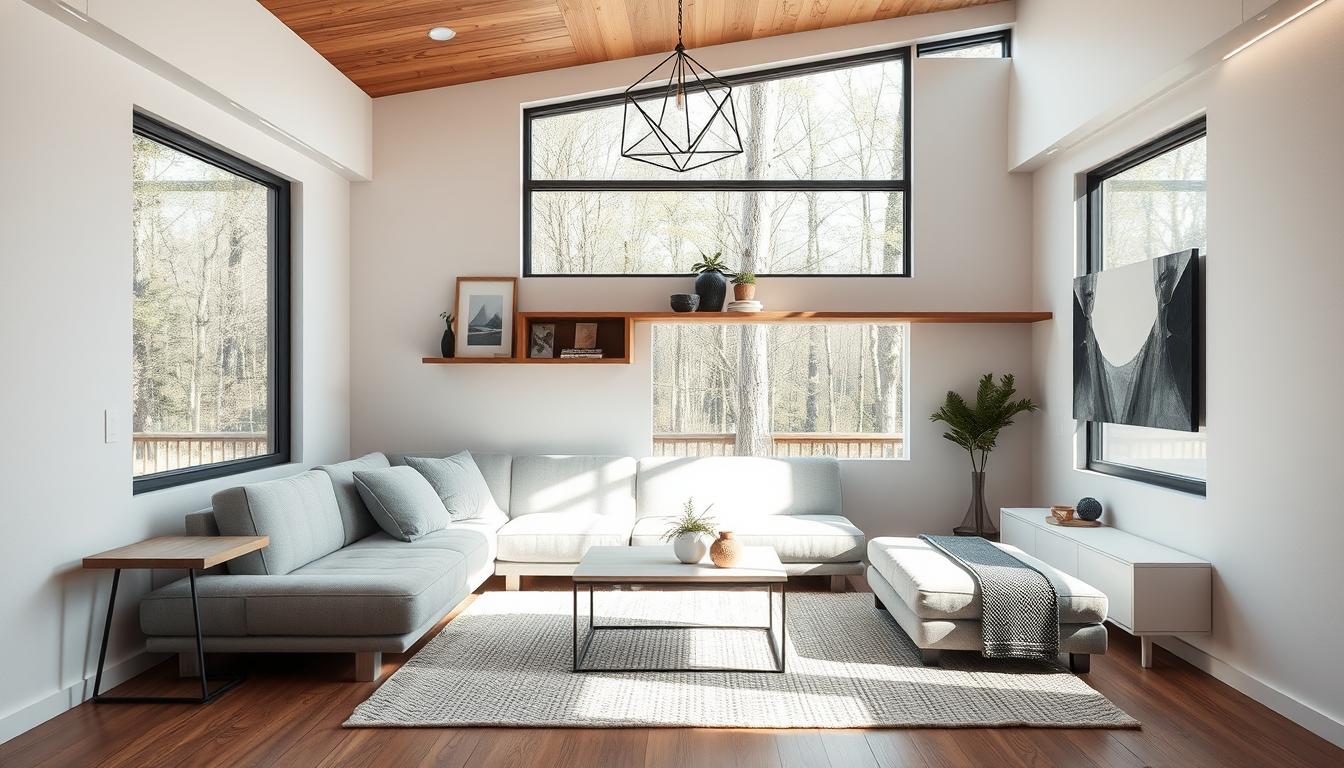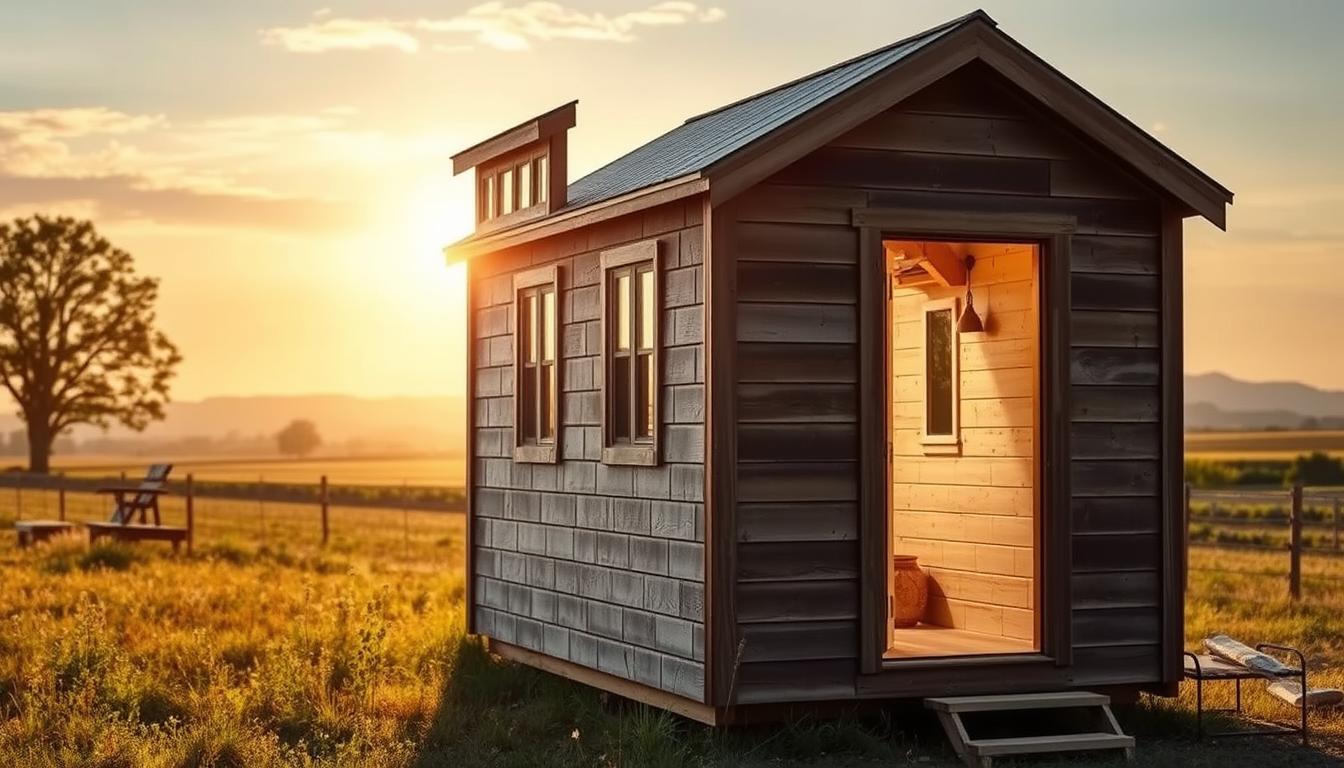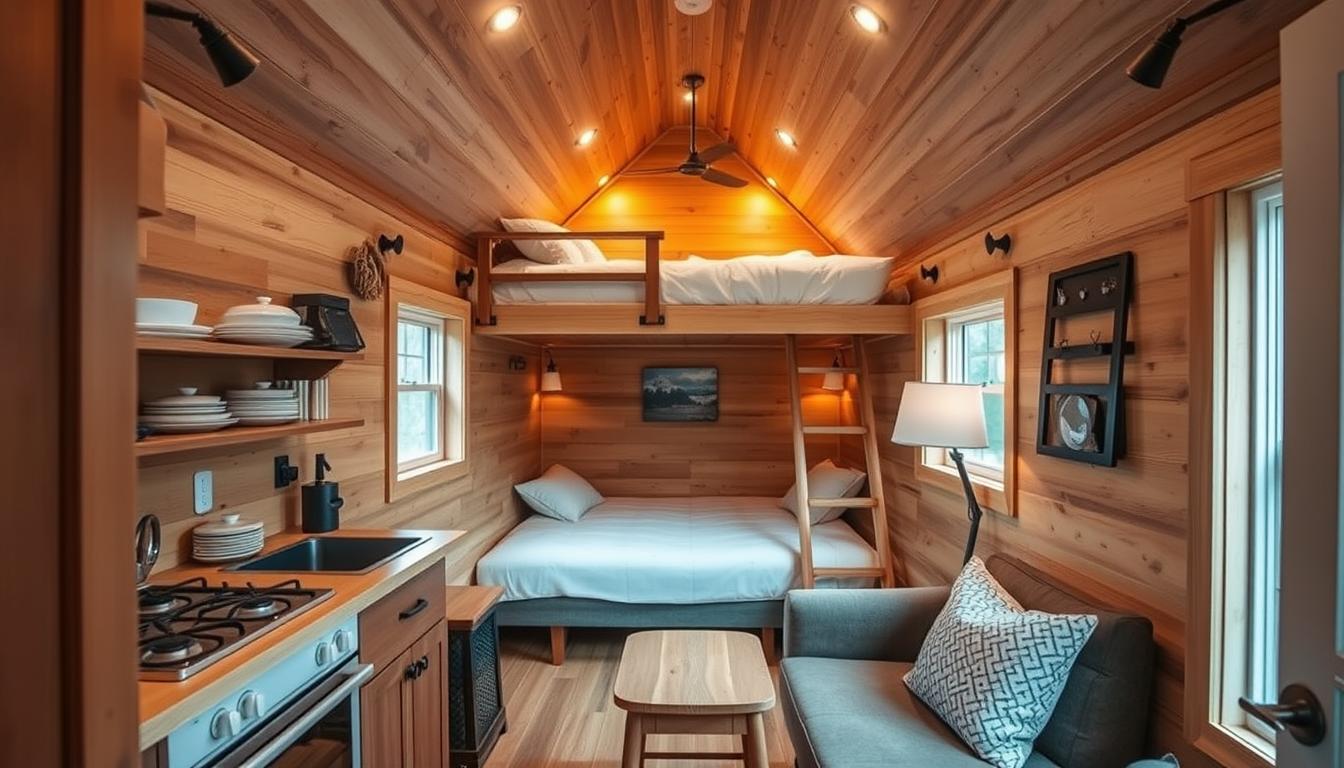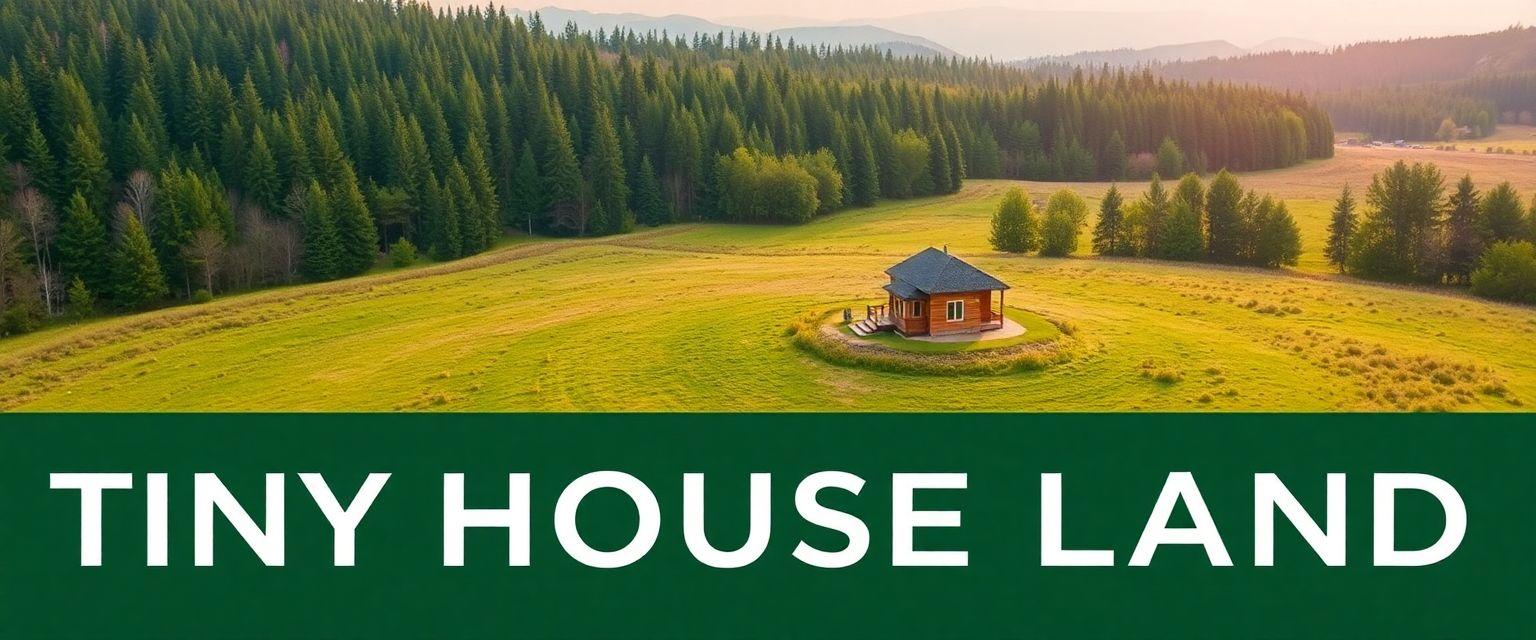
Land for Tiny House Insights
Gain essential knowledge about selecting the right land for your tiny house and its significance in the tiny living movement.
– What land is suitable? Learn about different types of land, including rural, suburban, and urban options, and their pros and cons for tiny living.
– What regulations to consider? Understand zoning laws, minimum lot sizes, and building codes that impact tiny house placement and construction.
– How to find land? Discover practical strategies for searching and evaluating land, including networking, real estate resources, and key questions to ask landowners.
Finding the right land for tiny house living is crucial for anyone embarking on the tiny house journey. With the tiny house movement gaining popularity, many individuals and families are embracing a simpler, sustainable lifestyle. Rising housing costs and a desire for financial freedom have led many to consider tiny homes as a practical alternative to traditional living. Measuring less than 400 square feet on average, tiny houses are perfect for those who want to downsize without sacrificing comfort.
Choosing the appropriate land impacts your lifestyle, access to utilities, community dynamics, and overall enjoyment of your new living situation. In this guide, we’ll explore essential considerations for selecting land for tiny houses, covering land requirements, zoning laws, financing options, community living, and sustainable practices. By the end, you’ll be well-equipped to navigate the path to tiny house bliss through informed land choices.
Understanding Tiny Houses
What Is a Tiny House?
A tiny house is a compact dwelling measuring under 400 square feet. These homes can be constructed on wheels (mobile) or on a permanent foundation (stationary), providing various living options. Tiny houses come in diverse designs, from modern minimalist to cozy rustic, allowing owners to express their tastes.
Downsizing to a tiny house offers numerous benefits. A smaller living space often leads to financial freedom, as tiny homes generally incur lower construction, maintenance, and utility costs. Many tiny homeowners experience greater simplicity and minimalism, enhancing their quality of life. Additionally, tiny houses promote environmental sustainability, using fewer resources and often including eco-friendly materials and practices.
Personal Experiences
Testimonials from Tiny House Owners
Many tiny house owners have shared their experiences of finding land and the challenges they faced. For instance, Sarah, a tiny homeowner in Oregon, found her dream plot in a rural area after a long search. “I never thought I would find land so perfect for my tiny house. The community is supportive, and I love being surrounded by nature,” she shares.
On the other hand, Mike and Jane, who live in a suburban tiny house community, faced strict zoning regulations initially. “We had to work closely with local authorities to get approval, but it paid off. Our tiny house community is thriving now,” they explain.
Land Requirements for Tiny Houses
Essential Land Specifications
Understanding essential land specifications is vital when searching for land for tiny house placement. Local regulations may require specific minimum land sizes. Generally, look for at least 1/10 of an acre (around 4,356 sq ft), although this can vary based on zoning laws.
Access to utilities is another critical consideration. Tiny houses typically require connections to water, sewage, and electricity. Some landowners may need to invest in solar panels, composting toilets, or rainwater harvesting systems for self-sufficiency, especially in rural areas.
Assessing the land topography, soil quality, and climate is crucial for building stability. Flat land is generally easier to develop than hilly or rocky terrain, which may require more construction effort. Evaluate the environment to ensure your tiny house can thrive in its new location.
Types of Land Suitable for Tiny Houses
Exploring Land Options
Various types of land are available for tiny house living, each offering distinct advantages and disadvantages. Here’s a breakdown of three primary options:
| Type of Land | Pros | Cons |
|---|---|---|
| Rural Land | – Ample space and tranquility – Typically more affordable |
– Limited access to amenities – Zoning laws may be less flexible |
| Suburban Land | – Sense of community and local services – Family-friendly options |
– Stricter zoning restrictions – Higher property prices |
| Urban Land | – Close proximity to cultural attractions and job opportunities – Potential for higher resale value |
– High property prices – Complicated zoning laws |
When choosing the right type of land, consider your lifestyle preferences, budget, and future plans. Reflect on what you value most in your living environment, whether its nature, social interactions, or urban conveniences.

Zoning Laws and Regulations
Understanding Zoning Laws for Tiny Houses
Zoning laws are critical elements of land use that affect where and how tiny houses can be placed. Understanding these regulations is essential for a successful tiny house journey.
Overview of Zoning Laws
Zoning laws govern various aspects of land use, including minimum lot sizes, allowed structures, and building codes. For tiny houses, local regulations often dictate whether they can be classified as permanent or temporary structures.
Minimum Lot Sizes and Building Codes
Many municipalities have minimum lot size requirements ranging from 1,500 to 5,000 square feet or more. Additionally, building codes may dictate whether a tiny house can be on a foundation or must remain mobile.
Resources for Checking Local Zoning Laws
To navigate zoning challenges, start by checking local government websites or contacting the planning department. Online databases like the American Planning Association (APA) offer resources and guides for understanding zoning laws specific to tiny homes.
Tips for Navigating Zoning Challenges
- Research Local Regulations: Familiarize yourself with zoning laws in your desired area before purchasing land.
- Engage with Local Authorities: Building a relationship with zoning officials can provide insights on tiny house regulations.
- Advocate for Change: Join or create community groups advocating for more lenient zoning laws for tiny homes. Collective voices can influence local policies.

Finding Land for Tiny Houses
Practical Strategies for Land Search
Finding the perfect land for tiny house living requires a proactive approach. Here are practical tips to aid your search:
Online Resources and Real Estate Listings
Utilize online platforms and real estate listings specializing in tiny homes. Websites like Tiny House Listings and Zillow can help you find suitable properties. Social media platforms dedicated to tiny house living often share land for sale.
Networking with Local Tiny House Communities
Connecting with local tiny house communities can provide valuable insights and leads on available land. Join forums, attend meetups, or participate in local tiny house events to network with like-minded individuals.
Working with Real Estate Agents
Consider working with real estate agents experienced in tiny house placements. They can provide expert advice and help you navigate land acquisition complexities.
Importance of Site Visits
Once you’ve identified potential land options, conduct site visits to assess suitability. Look for access to utilities, assess topography, and consider the surrounding community.
Key Questions to Ask Landowners
When evaluating a property, ask landowners:
– What are the zoning regulations for this land?
– Are there existing utilities, and what is the cost for connections?
– Are there any restrictions on building or land use?
– What is the history of the land, including any environmental concerns?
Financing Options for Purchasing Land
Exploring Financing Options
Purchasing land for your tiny house is a significant investment, and understanding your financing options is crucial. Heres a breakdown of various financing methods available to potential tiny house owners:
Traditional Mortgages and Land Loans
Traditional mortgages may not always be available for tiny houses, but land loans can be a suitable option. Many banks offer land loans specifically designed for purchasing undeveloped land.
Alternative Financing Methods
If traditional financing isn’t feasible, consider alternative methods such as:
– Personal Loans: Quick access to funds for purchasing land.
– Crowdfunding: Platforms like GoFundMe or Kickstarter can be effective for raising money, especially if you have a compelling tiny house story.
Understanding Loan Terms and Down Payments
Before committing to financing, understand interest rates, loan terms, and down payment requirements. Comparing offers from multiple lenders can help secure the best deal.
Additional Resources for Financial Assistance
Look for grants and financial assistance programs for tiny house projects. Organizations like the Tiny Home Industry Association (THIA) may offer resources and connections for funding opportunities.
Buying vs. Leasing Land
Evaluating Land Ownership Options
When considering land for tiny house living, youll need to decide whether to buy or lease land. Each option has its pros and cons:
| Ownership Option | Pros | Cons |
|---|---|---|
| Buying Land | – Full ownership and control – Potential for property value increase |
– Higher upfront costs – Long-term commitment |
| Leasing Land | – Lower initial costs – Flexibility in housing arrangements |
– Limited control over the property – Possible restrictions |
Leasing land may be beneficial in scenarios like living in high-demand areas with exorbitant prices or anticipating a temporary living situation.
Considerations for Lease Agreements
If you lease land, pay attention to the lease agreement. Key considerations include:
– Duration of the lease and renewal terms.
– Land use rights and restrictions.
– Maintenance and utility responsibilities.
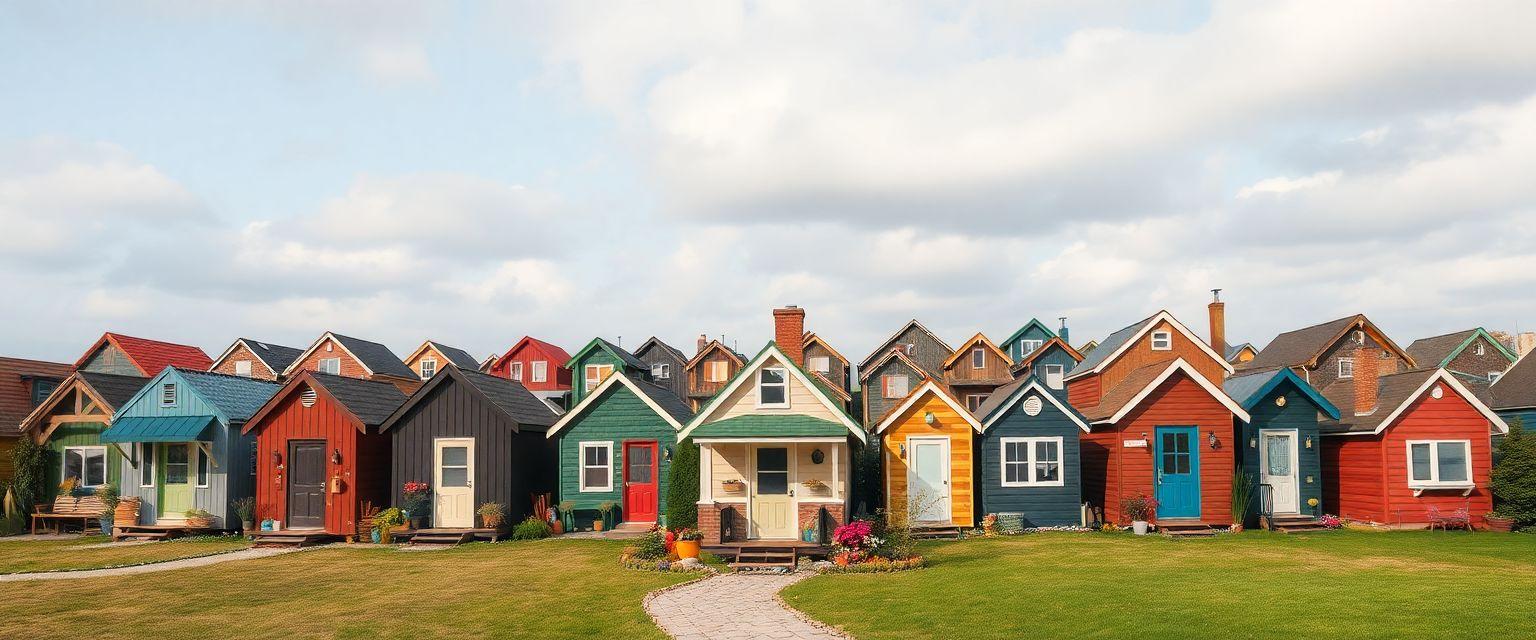
Community Living and Tiny House Villages
Exploring Tiny House Communities
The rising trend of tiny house communities offers an exciting alternative for those seeking shared land options.
Benefits of Community Living
Living in a tiny house community can provide various advantages:
– Shared Resources: Communities often feature shared amenities (e.g., gardens, workshops), reducing individual costs.
– Social Interactions: Being part of a community fosters friendships and support networks, enriching your tiny living experience.
– Cost Savings: Pooling resources can lower living expenses, making tiny house living more affordable.
Examples of Successful Tiny House Communities
Several successful tiny house communities have emerged, including:
– Tiny House Village in Seattle, WA: Offers affordable housing and promotes sustainable living.
– Eco-Village in Ithaca, NY: A cooperative community focused on sustainability and education for tiny house living.
To find tiny house communities near you, search online or engage with local tiny house groups. Many communities welcome new residents and offer tours or informational meetings.
Building on Your Own Land
Key Considerations for Construction
Once youve acquired land, the next step is preparing to build your tiny house. Heres a step-by-step guide for a smooth construction process:
Required Permits and Regulations
Before construction begins, obtain necessary permits, including building permits, zoning approvals, and health department clearances. Check with local authorities for specific requirements.
Key Construction Processes
When building your tiny house, consider these processes:
– Site Preparation: Clear the land, level the ground, and ensure proper drainage.
– Foundation: Choose a foundation type that suits your tiny house design, whether its a trailer, slab, or piers.
– Construction: Decide whether to DIY or hire professionals, evaluating your skills and budget.
Importance of Land Preparation
Proper land preparation is essential for sustainable building. Consider:
– Soil Testing: Test soil quality to ensure it can support your tiny house.
– Environmental Impact: Assess the lands condition to minimize disruption during construction.
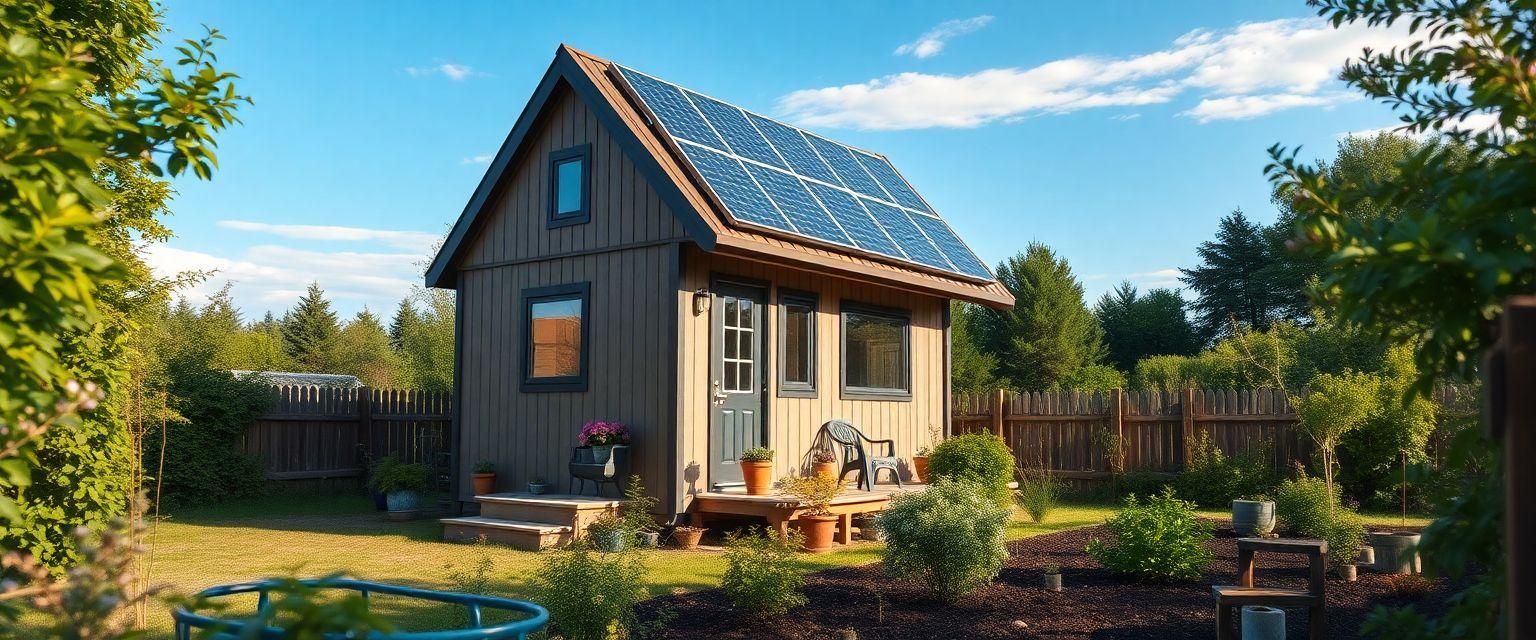
Environmental Considerations
Sustainable Practices for Tiny House Living
Tiny houses inherently promote environmental sustainability, but adopting specific practices can enhance your eco-friendly living.
Discussion of Environmental Impact
Tiny houses typically use fewer materials and resources compared to traditional homes. This reduced footprint contributes to lower energy consumption and less waste, promoting a healthier planet.
Sustainable Practices for Land Use
To maximize sustainability, consider these practices:
– Permaculture: Implementing permaculture principles creates a self-sustaining ecosystem on your land.
– Eco-Friendly Building Materials: Choose sustainable materials for construction, such as reclaimed wood or recycled steel.
– Waste Management Systems: Invest in composting toilets and greywater systems to reduce environmental impact.
Encouraging Eco-Conscious Choices
Engaging with your local community to promote eco-conscious choices can inspire others to adopt sustainable living practices. Organize workshops or participate in environmental initiatives to raise awareness.
Local Resources and Case Studies for Tiny House Living
Finding land for tiny house living can be a challenging yet rewarding endeavor. By leveraging local resources and learning from the experiences of others, you can simplify the process. Below, we outline helpful contacts and provide an inspiring case study to guide you on your journey.
Resources for Tiny House Land Seekers
Local Builders and Contractors
One of the first steps in your tiny house journey is to seek out builders who specialize in tiny houses or eco-friendly construction. These professionals not only provide valuable guidance on land selection but also share insights into building techniques and local regulations that can impact your project.
Community Resources
Connecting with local support groups or online forums dedicated to tiny house living can also be beneficial. Platforms like Facebook Groups and Reddit allow you to engage with fellow enthusiasts, who can share their experiences and recommendations, making your search for land easier and more informed.
Case Study: The Johnson Family’s Tiny House Journey
To illustrate the potential paths to tiny house living, lets take a closer look at the inspiring journey of Sarah and Mark Johnson. Living in the bustling suburbs of Denver, they decided to downsize and embrace the tiny house movement, recognizing that finding the right piece of land was crucial to their vision of a simpler, more sustainable lifestyle.
After months of searching online listings and local real estate forums, the Johnsons discovered a 1-acre plot in the foothills of the Rockies, just 30 minutes from Denver. Although the land was rugged, it offered stunning mountain views and a serene atmosphereideal for their tiny home ambitions. They made it a priority to visit the property multiple times to assess soil quality and ensure access to essential utilities like water and electricity.
Understanding the importance of zoning laws, they contacted the local planning department to confirm that building a tiny house on the lot was permissible. They were pleased to learn that the area had a supportive community for tiny living, which further solidified their confidence in their choice. With financing from a local credit union that specialized in land loans, they successfully purchased the property.
Now, after two years of hard work and careful planning, the Johnsons are proud owners of a cozy 300 sq ft tiny home. They enjoy the tranquility of nature while remaining close enough to Denver for work and social activities. Their journey exemplifies the significance of choosing the right land for tiny living and highlights the rewarding experience of turning a dream into reality.
Conclusion
Whether youre just starting your search for land or are inspired by stories like the Johnson familys, utilizing local resources and understanding the experiences of others can greatly enhance your tiny house journey. Embrace the community, seek expert guidance, and remember that your dream of tiny living is within reach.
Challenges Faced by Tiny House Owners
Common Obstacles and Solutions
Despite the many benefits of tiny house living, owners often encounter challenges. Heres an overview of common obstacles and potential solutions:
Community Resistance
Some communities may resist tiny houses due to misconceptions or zoning regulations. Engage with local residents and officials, presenting the benefits of tiny living and advocating for inclusive policies.
Finding Land in Desirable Locations
Desirable locations may come with higher land prices or limited availability. Consider widening your search area or exploring alternative options, such as partnering with others for group land purchases.
Navigating Regulations
Understanding local regulations can be daunting. Engage with local advocacy groups focused on tiny houses, as they can provide resources and support to overcome regulatory hurdles.
Future Trends in Tiny House Living
Anticipating the Future of Tiny House Movement
The tiny house movement is continually evolving, with emerging trends shaping its future:
Urban Tiny House Developments
As urban areas face housing shortages, demand for tiny homes in cities is likely to increase. Innovative solutions, such as tiny house clusters or micro-apartments, may provide affordable housing options in urban settings.
Sustainability Initiatives
The focus on sustainability will grow, with more tiny house builders incorporating eco-friendly practices and materials. Expect to see a rise in zero-energy homes and sustainable communities promoting green living.
Smart Technology Integration
As technology advances, tiny houses will likely incorporate smart home features, enhancing energy efficiency and convenience. Homeowners may use apps to manage utilities, security systems, and more, maximizing their living space.
Conclusion
Embracing the Tiny House Lifestyle
The journey to tiny house living begins with thoughtful land selection. Understanding various land types, zoning laws, and community resources is essential for creating a successful tiny house experience.
Explore your options carefully and engage with the vibrant tiny house community for support and inspiration. Consider joining a local tiny house group or attending a tiny house expo to connect with like-minded individuals and gain insights into your tiny living dreams.
Final Thoughts
Finding land for tiny house living is a crucial step in embracing the tiny house lifestyle. With careful research and planning, you can secure a space that fits your needs and supports your values.
Take the first steps toward your tiny house dreams by exploring land options and engaging with local resources. Together, we can create a more sustainable, affordable, and fulfilling way of living. Happy tiny house hunting!
If you enjoyed this article and want to dive deeper into the tiny house movement, check out our other content. From building your own tiny home to insights on minimalist living, we offer a wealth of information to help you on your journey. Join our community today!
With over a decade of experience in sustainable living and real estate development, the author is a recognized authority on tiny house communities and land acquisition strategies. Holding a Master’s degree in Urban Planning from the Massachusetts Institute of Technology and a certification in Sustainable Land Use from the American Planning Association, they have dedicated their career to promoting eco-friendly housing solutions. The author has contributed to several studies, including a comprehensive analysis published in the Journal of Housing and the Built Environment, which explored zoning challenges faced by tiny home owners across the United States. They have also been involved in the creation of successful tiny house communities, working closely with local governments to navigate zoning laws and regulations. With a passion for helping others achieve their dream of tiny living, the author shares valuable insights and practical strategies that empower potential homeowners to make informed decisions about land selection and sustainable living.





